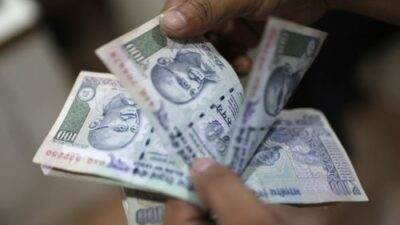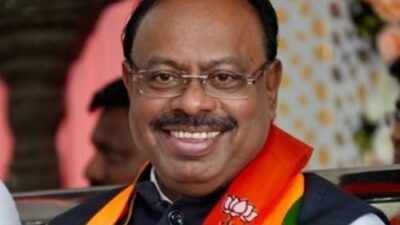The BJP aimed to shift the narrative and accused the opposition of suggesting that the party opposes such a census, asserting that previous Congress governments were the ones against it. Party leaders publicly highlighted instances where Congress Prime Ministers rejected the idea. The BJP also noted that data from the 2011 Socio-Economic Caste Census, conducted during Dr. Manmohan Singh’s tenure, has remained undisclosed.
Conversely, the Grand Old Party and its allies quickly claimed credit for compelling the governing coalition to agree to the census. They amplified their position by suggesting that the true intent of the NDA is evident in Bihar, where the Nitish Kumar government conducted a caste survey a few years ago, yet found that policies and programs did not reflect the data. The Congress further stated that it could draw on its experience from conducting a caste survey in Telangana as a reference point.
Also Read: Caste Census | BJP stance shift may reshape Bihar poll narrative, say political experts
Political dynamics will drive parties across the spectrum to create narratives and vie for the perceptions of voters. Nevertheless, the notable insight is that this exercise represents a structural change that is likely to receive widespread backing. It should echo the other two significant decisions of the NDA government—January 2019’s reservation for economically backward sections and September 2023’s reservation for women, both hailed as ‘masterstrokes’.
Census data and its implications
The census, which occurs every decade, was last conducted in 2011. The 2021 census was postponed due to the global COVID-19 pandemic. The schedule for this extensive nationwide exercise is yet to be announced. The recent decision to gather caste data necessitates a sophisticated questionnaire to capture diverse socio-economic metrics, including caste and its various sub-castes.
This data is expected to influence the make-up of future Lok Sabhas and State Assemblies as one-third of the seats will be reserved for women, interconnected with the contentious issue of delimitation based on population—an exercise that has been on hold since 2000.
Beyond aiding the government in formulating plans and policies for equitable resource distribution, the data should offer a more accurate depiction of where different communities stand in terms of socio-economic development, highlight areas needing attention to close the gaps between affluent and disadvantaged groups, and assist in resource allocation.
Concerns
A lingering apprehension exists derived from the large-scale protests following the 1990 decision of the V P Singh government to implement the Mandal Commission report, which recommended reservations for other backward classes and disrupted societal cohesion at that time.
The VP Singh government eventually fell from power, and it was up to the adept management of the P V Narasimha Rao Congress government to enforce it without escalating tensions. Will the caste census ignite similar divisions, or has society matured enough over the past three decades to handle the situation?
Since the country embarked on economic reforms, numerous political parties and leaders have voiced concerns regarding the decline in public sector employment, placing reserved categories at a disadvantage since similar affirmative measures aren’t mandated in the private sector.
The Congress party vows to strive for significant changes in job availability in private enterprises and to eliminate the 50% cap on reservations. The entrepreneurial class and corporate sector’s role in adapting to these new realities will be vital to India’s growth narrative.
—The author, K V Prasad, is an author and political analyst. The views expressed are personal.
Read his previous articles here



